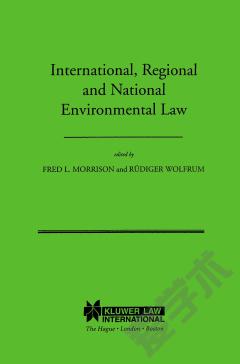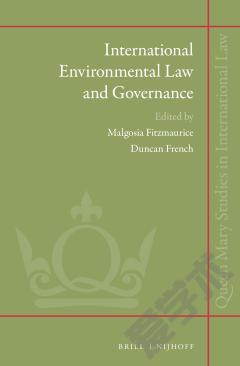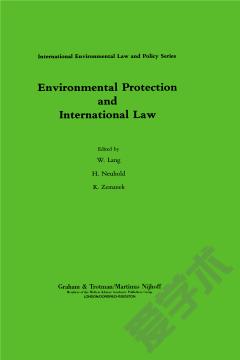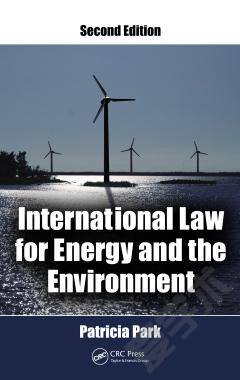International, Regional and National Environmental Law
The sources of environmental law are multiple and complex. They are international, regional, transnational, national and local. They are legislative, regulatory, judicial, customary, and scholarly. They are voluntary and mandatory; and even when mandatory, they frequently involve novel strategies for obtaining compliance. And they engage practitioners, students and scholars with both the most challenging scientific problems and the most basic needs of survival.This important book-which is simultaneously a treatise on international environmental law, a comparative study of American and European approaches to environmental legal issues, and a deliberate integration of the various `branches' of environmental law into a new synthesis more suited to current and emerging realities-represents a remarkable cooperative achievement of two groups, American and German, of outstanding scholars. This dual provenance reveals an extremely valuable contrast of reason and principle, authority and text, that opens the way to new and deeper legal responses to the exigencies of environmental concerns.In addition to in-depth descriptions of all the problems that beset our planet's air, soil, water, wildlife, polar regions, and atmosphere, this book thoroughly examines the complex issues that lie at the heart of environmental law practice, such as liability, enforcement, compliance, due diligence, procedural obligations, performance standards, criminal sanctions, and `debt-for-nature swaps'.
{{comment.content}}








 京公网安备 11010802027623号
京公网安备 11010802027623号